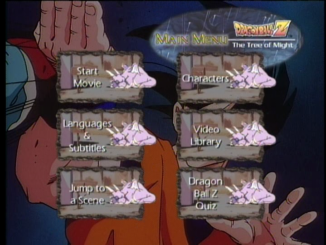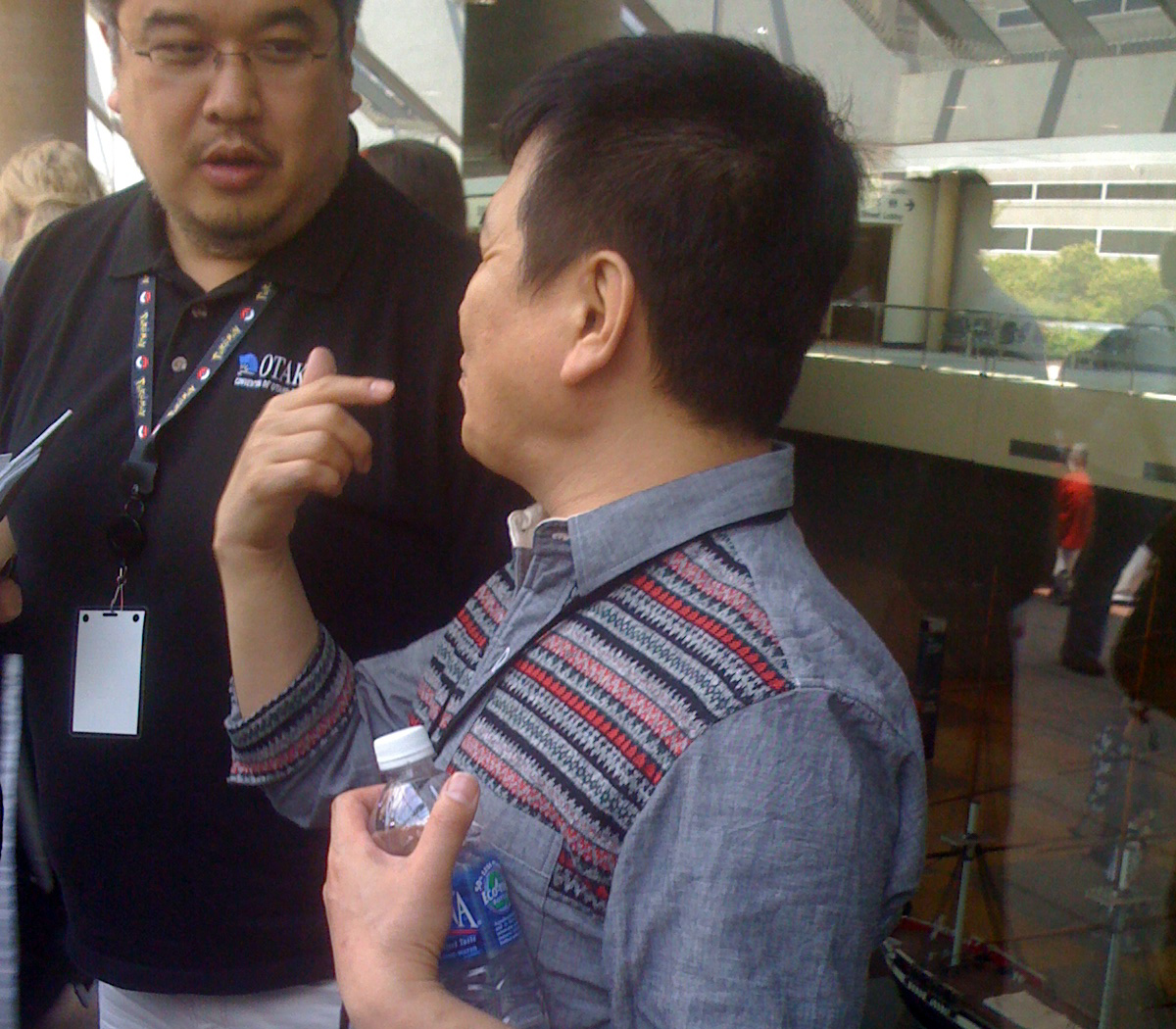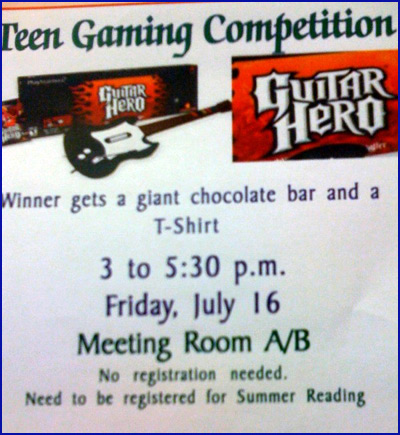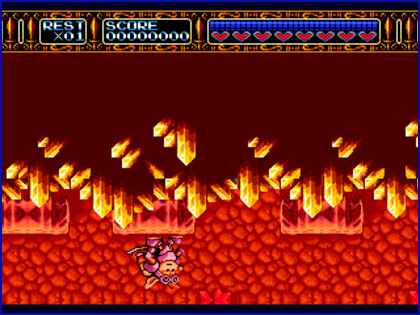
Internet Persona (And Personal) Growth
I recently archived some of my earliest online endeavors. Some of them are filed away under lock so none of you will ever have a chance to see them. Some, like what I am about […]

I recently archived some of my earliest online endeavors. Some of them are filed away under lock so none of you will ever have a chance to see them. Some, like what I am about […]

There are plenty of stories to share about this year’s Otakon, and rest assured that many more will make their way to either this blog or our podcast over on Daizenshuu EX. One story in […]

I saw this posted up at the library today and chuckled quite a bit: What I’m pretty sure they are saying is that there is no extra registration necessary for their little Guitar Hero competition, […]

I won’t lie. I sometimes lurk around other forums. There are only a couple I regularly keep up with (my own, the FUNimation DB forum section)… but there are a couple others I have bookmarked […]

We somehow lost our digital camera’s battery charger a while back. Since we buckled down and purchased a replacement one, I have been looking around for random things to take photos of. It is one […]

Regular fans of Daizenshuu EX no doubt have heard us drop Appule’s name in semi-sarcastic and humorous ways. It has grown into something of an “in-joke” over the years — it is funny enough on […]

I was both anticipating (expecting, really) and dreading this day — today was the day that the “daizex” YouTube account was removed due to “copyright infringement”. What makes it so delicious is the “third strike” […]

Every so often I like to just kick back and read through all of the various boxes and instruction books for my old, Japanese DragonBall video games. I happened to be scanning through the Super […]

It has been over a year since I last wrote about and shared how the magic of podcasting goes down at Casa de EX. A lot has changed since then, but I just have not […]

You are going to get a little bit of meta-material and genuine game analysis in a single post. That is awesome. A few years back when I first pitched the idea of “vgconvos” to Andrew […]
Copyright © 2025 | MH Magazine WordPress Theme by MH Themes